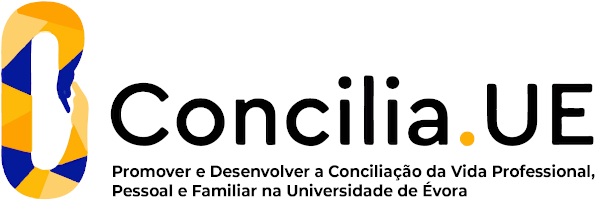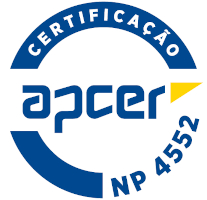2024
Anatomy II
Name: Anatomy II
Code: ZOO15189I
6 ECTS
Duration: 15 weeks/156 hours
Scientific Area:
Veterinary Medicine
Teaching languages: Portuguese
Languages of tutoring support: Portuguese
Regime de Frequência: Presencial
Learning Goals
This course aims at the knowledge and understanding of gross and comparative anatomy of organs of the digestive, respiratory, uro-genital, skin and structures derived from it, cardio-vascular systems of carnivores, horses, ruminants, pigs and cattle. In terms of skills, aims at developing the capacity for understanding the normal functioning of the organism as a whole and its application to medical procedures (physical examination of the patient, interpretation of clinical signs and morphological changes), diagnostic (imaging and invasive techniques) and surgical.
In order to complete the anatomical study of the entire spectrum of domestic animals is an objective of this discipline to perform anatomical study (osteology and Splanchnology) of poultry, reptiles and fish.
In order to complete the anatomical study of the entire spectrum of domestic animals is an objective of this discipline to perform anatomical study (osteology and Splanchnology) of poultry, reptiles and fish.
Contents
Comparative splancnology: digestive (and accessory glands), respiratory, urinary and male and female genital systems. skin and skin Appendages.
Angiology: general and placental circulation. Heart: conformation; attachment means; coronary circulation.
Large aa. emerging from the heart. Pulmonary circulation. Aortic arch, braquicefalic trunk and descending aorta; Venous system: cranial v. cava and its roots; azygos v.; caudal v. cava; portal v.;
Lymphatic system: constitution; lymph collectors trunks; regional lymph nodes and their areas of drainage. Lymphoid organs: spleen and thymus. Organs of the endocrine system.
Anatomy of the domestic birds, reptiles and fish: external anatomy, osteology and splanchnology - anatomical characteristics with clinical and zootechnical interest.
Angiology: general and placental circulation. Heart: conformation; attachment means; coronary circulation.
Large aa. emerging from the heart. Pulmonary circulation. Aortic arch, braquicefalic trunk and descending aorta; Venous system: cranial v. cava and its roots; azygos v.; caudal v. cava; portal v.;
Lymphatic system: constitution; lymph collectors trunks; regional lymph nodes and their areas of drainage. Lymphoid organs: spleen and thymus. Organs of the endocrine system.
Anatomy of the domestic birds, reptiles and fish: external anatomy, osteology and splanchnology - anatomical characteristics with clinical and zootechnical interest.
Teaching Methods
Lectures are based on powerpoint presentations including images and video clips. All presentations mentioned above are previously released in the Moodle" platform, and can be "downloaded" by students for individual use. Practical lessons consist in the exploitation of the organs of the digestive, respiratory and uro-genital systems an in the dissection in cadavers of the several components of the cardiovascular system.
The evaluation process is of the mixed type, consisting of a mid-semester evaluation (optional) and an evaluation during the period of the examinations (mandatory). Any of the evaluations consists of a theoretical and practical examination. The mid-semester evaluation has a weighting of 0.4 and the examination at the end of the semester has a weighting of 0.6. For students who opt to take the final test only, this is worth 100%.
The evaluation process is of the mixed type, consisting of a mid-semester evaluation (optional) and an evaluation during the period of the examinations (mandatory). Any of the evaluations consists of a theoretical and practical examination. The mid-semester evaluation has a weighting of 0.4 and the examination at the end of the semester has a weighting of 0.6. For students who opt to take the final test only, this is worth 100%.





















